Museu dos Terceiros

Set within a complex of two churches; the 15th century church of Santo António dos Frades and Igreja dos Terceiros - just to the south of the town centre, is the Museu dos Terceiros or Museum of the Third Order. This is in part a museum of sacred art but it the churches themselves also from much of the interest.
Casa de José Régio
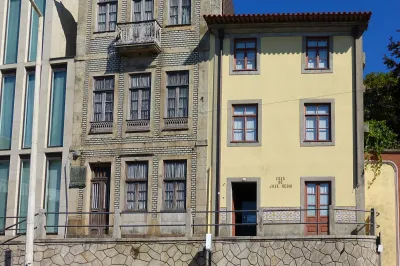
The modernist poet and writer José Régio was born and died in Vila do Conde, despite spending most of his life elsewhere in Portugal. Much of his works focused on the conflict between man and God, and between the individual and society. He was also known for being a thorn in the side of Salazar's dictatorship and the Estado Novo.
Centro Cultural de Lagos
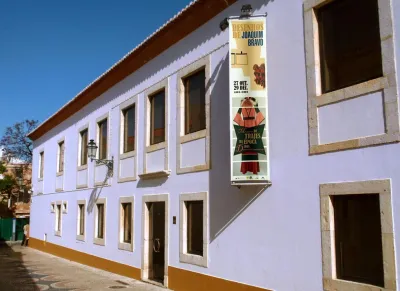
The Centro Cultural de Lagos (CCL) is a venue for a diverse range of cultural activities, particularly performing arts and visual arts. Events range from jazz and classical music through to stand up comedy and photography exhibitions.
There are two distinct main spaces within the CCL, the largest of which is the auditorium with its Italian stage and seating for around 300 spectators. There is also a 500 m2 temporary exhibition area of spread over three rooms.
Albufeira Archaeological Museum

Located in Albufeira's old town, just behind the beach, is this archeological museum. The Museu Municipal de Arqueologia de Albufeira is housed in, what was until the late 1980s, the town hall. Despite its diminutive appearance the museum is surprisingly spacious inside.
Lamego Museum
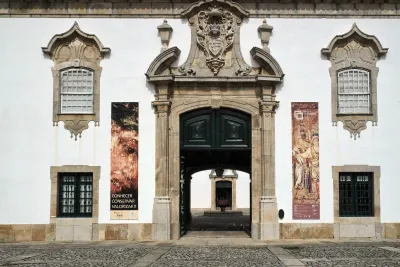
Lamego's regional museum sits within the walls of the 18th century episcopal palace (bishop's palace) and contains some of the finest examples of religious art to be found anywhere in Portugal. Much of the collection was built up over the centuries by the Bishops of Lamego but since the episcopal palace became the museum there have been many new additions.
Casa de Lucia

Between 13th May and 13th October 1917, three local shepherd children living near Fátima are said to have witnessed apparitions of the Virgin Mary. The Sanctuary in Fatima is now a leading pilgrimage site for Catholics from around the world and attracts between 4 and 5 million visitors each year. The eldest of these three children, Lucia dos Santos, lived as a Carmelite nun until 2005, devoting her life to prayer and sacrifice.
Museu de Cerro da Vila
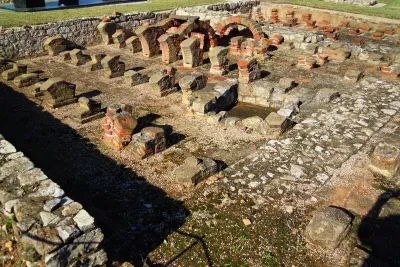
The Cerro de Vila museum is located near the Quarteira suburb of Vilamoura, on the Algarve coastline. Some pretty interesting Roman archaeological excavations are to be found here, with most of the ruins located within the museum complex.
Portimão Museum
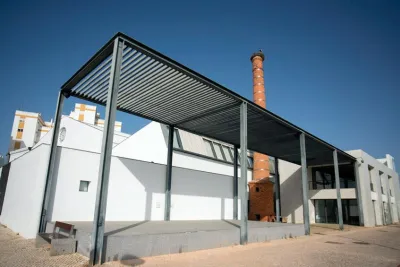
Portimao’s award-winning museum opened in 2008 and is a good place to come to learn more of what life would have been like for those who lived in the locality throughout the ages. The site was once a fish canning factory, and the main focus is on the industrial processes once carried out here. The 1000 square metre main exhibition is divided into three distinct areas:
Slave Market Site - Lagos

This unassuming building in Praca do Infante Dom Henrique has a tragic history. This building, (Mercado de Escravos) is widely believed to have been the first slave market in Europe.
Lagos Museum

Founded in 1932 and named after its founder, the Museu Dr. Jose Formosinho, to give it its full name, is Lagos's main museum. This is without doubt the best museum in the Algarve and whatever it is you're interested in, you'll probably find it here.